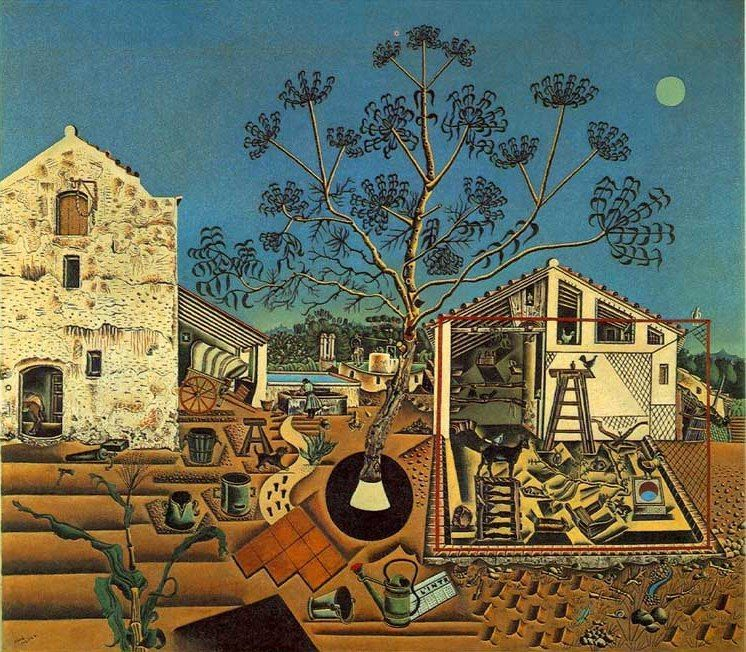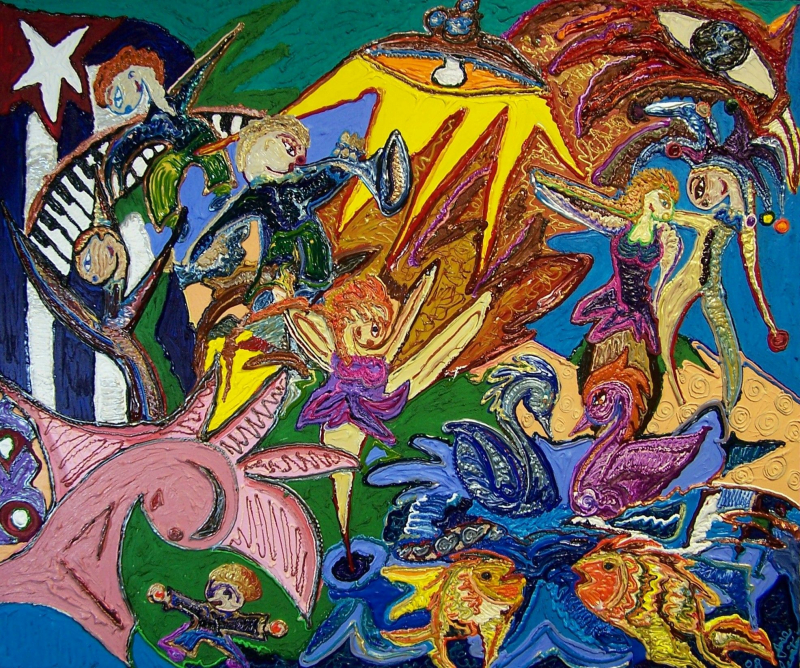Arts, Humanities & Popular Culture
The rich tradition of art and culture in Spain was significantly impacted by Franco's dictatorship (1939–1955), when many artists were forced to practice their trade in exile. The Spanish government supports all types of art and humanities, which is reflected in their museums, universities, and professional academies. There is a great deal of pride and enthusiasm in the heritage of Spanish art.
With his innovative contribution to architecture, Antoni Gaudi (1852–1926) made his mark on Spain, particularly in and around Barcelona. His work, which includes the well-known basilica La Sagrada Familia, was distinctive and varied. Famous artists from Spain include Picasso, Dali, Goya, Velázquez, and El Greco, to mention a few.
The history of Spain has been well-documented in literature since the Middle Ages, notably the poem "Cantar de mio cid," which dates to the 12th century. The Don Quixote tale, written by Miguel de Cervantes Saavedra and first published in 1605, is still very well-known today. The adventure was turned into a film in 2000. About the Spanish Civil War, which raged from 1936 to 1939, many books have been written. Spanish guitar music, which is well-known throughout the country and has been played at family and cultural festivals for centuries, is one of the most traditional genres of music in Spain.
The Flamenco guitar, which is paired with another historic and well-liked art form, the Flamenco dance, is the most well-known and well-liked of all the musical and dance traditions in Spain. The female performer typically dances while holding castanets (little concave pieces of wood in two parts linked by chord), which are clicked while she spins and stamps her feet to the music. She typically wears a flouncy red garment.












